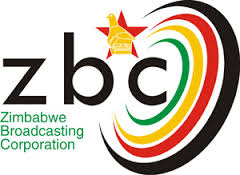Harness the COMESA Simplified Trade Regime facility
Story by Abigirl Tembo
TRADE officials have bemoaned the low uptake of the Common Market for Eastern and Southern Africa (COMESA) simplified trade regime (STR) which seeks to promote economic growth and improve profitability.
Established in 2010, the COMESA Simplified Trade Regime’s overall objective is to increase formal small-scale trade flows in the COMESA and tripartite (EAC-COMESA-SADC) regions by facilitating small-scale cross-border trade flows between targeted countries through effective policy and governance reforms.
In an interview with ZBC News, the Trade Promotion Officer at the Zimbabwean embassy in Zambia Ms Sekai Chitepo encouraged small-scale cross-border traders to make use of the STR facility to tap into new markets and boost their businesses.
“The simplified trade regime is a system that was designed by COMESA. This was a result of member states realising that the small-scale traders and the cross borders faced difficulties in complying with the many documents that are required at the border for export and import so it was agreed that there is a need to simplify the processes for the small scale traders and the birth of the simplified trade regime.
“It was meant to simplify the customs procedures for the small sale traders to facilitate the import and export of products so what happens is when a small-scale trader wants to trade they are given a simplified declaration form which they need to complete and they will be exempted from paying customs duty. We need to encourage our small-scale traders to take advantage of this facility to trade between Zambia and Zimbabwe. It is there to simplify things for them so I am encouraging the cross-border traders to make use of this facility,” she said.
The COMESA simplified trade regime targets small-scale traders importing or exporting goods worth US$ 1,000 or less, which are on the common list of eligible products negotiated and agreed by the participating countries.
Some of the negotiated goods between Zimbabwe and Zambia include live animals, potatoes, tomatoes, onions, kitchenware, leatherware, bags, freezit-making machines and ploughs, among others.





